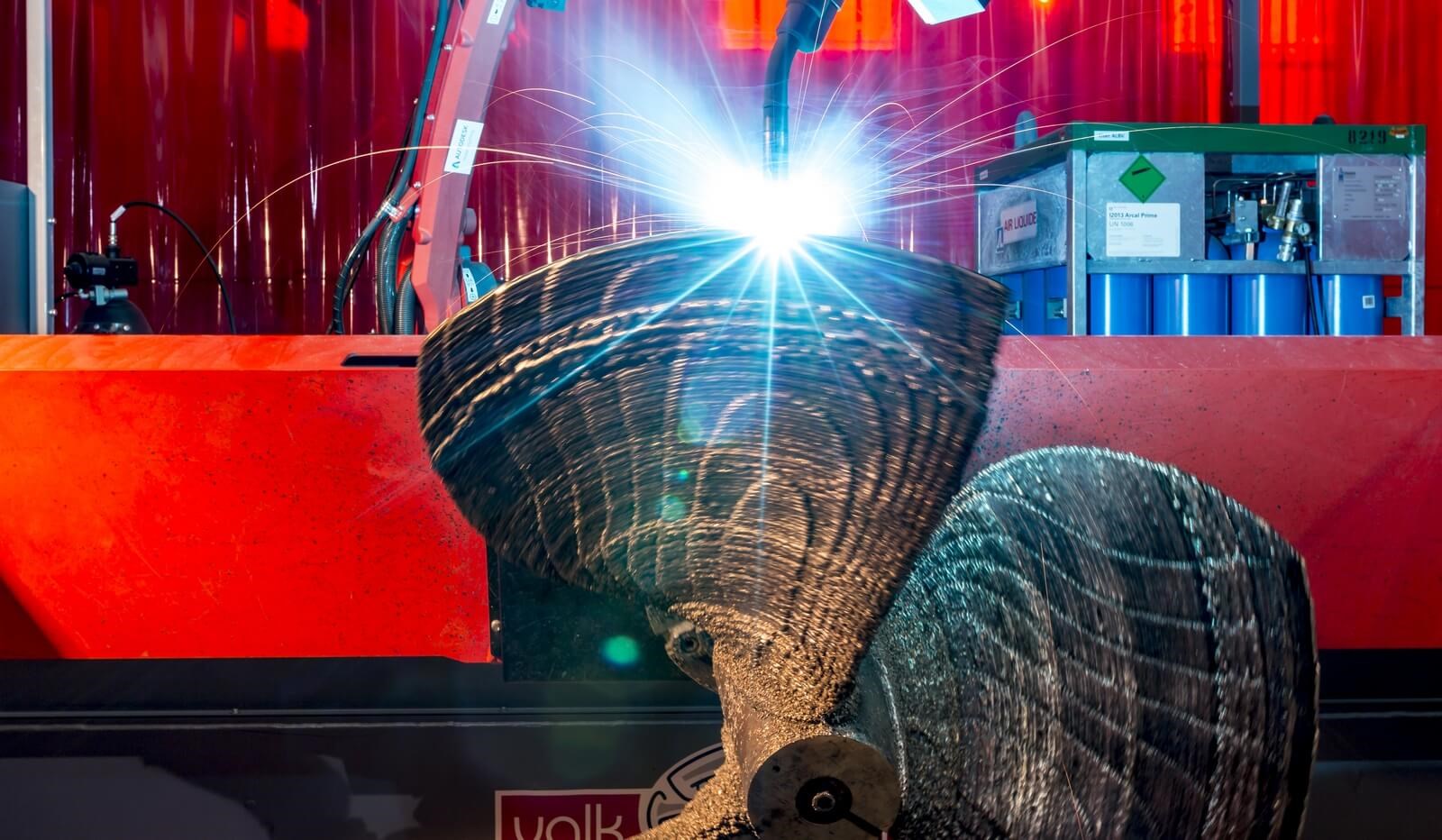
Additive manufacturing is a process that creates solid objects from a computer-generated design. The digital model is divided into different layers and an actual product is built layer-by-layer until the final, desired output is obtained. An example of a process which uses these manufacturing principles is 3D printing, which is gaining popularity around the world. It has become a common component of many engineering projects and businesses, and is revolutionizing many traditional work methods.
What is the role of additive manufacturing in businesses?
Additive manufacturing processes have been gaining popularity in recent years. These products are generally lighter, stronger, more durable, and more economical. As a result, many businesses are adopting the technology to streamline their operations and increase their profit margins, achieving these results by creating custom-made goods and prototypes, which are the two most common applications. Continue reading to find out more about the five ways this manufacturing process can make your business more competitive.
1. Making Rapid Prototypes
Making prototypes is an important part of many engineering and R&D fields as they allow for the easy testing and visualization of the design process. Layer-based manufacturing can be used to replace traditional processes such as injection molding, machining, and casting to create prototypes at much faster rates.
For simple and smaller prototypes, a 3D printer can complete the task within several hours. With the help of quality design software such as Autodesk’s Fusion 360, making changes to the design and reprinting a new version is quick and easy. The software can help generate tool paths for a variety of printers and supports generative design. Files can also be exported and imported for easy collaboration and sharing of blueprints.
Additionally, many types of materials can be used in 3D printing, allowing engineers and designers to tailor material properties to end use. This will save the time and costs required to go between each version of the prototype to obtain a final design.
2. Reduced Assembly Times
Besides prototypes, many manufacturing businesses are adopting additive manufacturing to make spare parts and other small components. In fact, assemblies with moving, functioning components can even be built by adding the layers on top of each other during manufacturing. In this case, the time and resources allotted for assembly can be reduced or eliminated.
In fact, the process has already been adopted in several industries. An example of a benefit to industrial production is the time needed for the repair of burner heads inside gas turbines – reduced from 44 weeks to a mere 4 weeks.
3. Simplified Supply Chain
The addition of various components in an additive process also allows for a simplified supply chain. Many parts can be eliminated from the final product, saving the time and costs required to source these products from external suppliers. As a result, businesses can be more independent from suppliers, which in turn reduces any risks and lost time related to unforeseeable circumstances. Additional employment costs related to sourcing supply chains could also be reduced or eliminated altogether in some instances.
4. Greater Product Enhancements
Products manufactured using the additive process have been shown to possess superior quality. This is mainly due to the reduction of obsolete parts and the elimination of human errors from assembly processes.
Many industries have been benefitting from these superior quality products. For example, in the aerospace industry, fuel nozzles for flight engines are now five times more durable and 25% lighter. Other components have also been created that are 50% less in weight and raw material input.
5. Faster Turnaround Time
Additive manufacturing has allowed for the production of highly customized parts with fast turnaround times. This is because 3D design software such as that in Autodesk’s product line has become more accessible and powerful, which aids the manufacturing process greatly.
One industry that has benefitted from faster turnaround times is the healthcare industry. Products such as hearing aids and artificial limbs can be easily constructed in under a month and present a perfect physical fit for the patients.
Conclusion
Additive manufacturing has been revolutionizing the way people work across a variety of industries. It has helped numerous businesses create rapid prototypes, reduce assembly times, simplify supply chains, enhance product quality, and achieve faster turnaround times. Software such as Autodesk’s Fusion 360 can be used throughout this process to make changes in the product and allow for the easy sharing and customization of blueprint files.



Add comment
Connect with: Log in
There are no comments